Want to know about our offers first?

You know that moment? You stand in front of the mirror. You tilt your head left and right. You hold your hair up and wonder, “Should I cut it short?” We’ve all been there. Deciding on a haircut can feel overwhelming. Whether you want to fix split ends, start fresh, or try a new bob with red hair, it’s a big choice. But here’s the good news: cutting your hair doesn’t have to be scary, and no, it won’t ruin your life. It might just be exactly what you need.
Let’s break it all down — simply, clearly, and without the hairdresser jargon. This guide helps you whether you have long curls or want a short and long hair combo.

Sometimes you wake up and just feel different. You scroll past a photo of someone with a sharp bob cut hair short, and something clicks. You think, “What would I look like with short hair?” That curiosity? Totally normal. It could be a sign that your style, mood, or even your life is ready for a small shake-up. And yes, changing your hair is one of the fastest, safest ways to do that.

Dry ends? Hair that just won’t cooperate anymore? Got some damage from colored hair, short styles or frequent heat styling? A cut can fix that. Even just taking 1 inch off hair before and after can make a big difference. It’s not magic — it’s simply removing the parts that are worn out. Think of it like trimming dead leaves off a plant. It helps everything grow better.

Some people cut their hair after a breakup. Others do it to mark a new chapter in life. And guess what? That’s valid. Your hair doesn’t just grow — it holds memories, styles, and phases of you. Letting go of it can feel freeing. On the practical side? Shorter hair means less shampoo, quicker drying, and often, way less fuss in the morning.

No, cutting your hair won’t make it grow faster (sorry). That myth’s been around forever. And “you have to go to a salon for it to be done right”? Not always. A lot of people successfully cut their hair at home (more on that later). Also, don’t buy into the idea that short hair isn’t feminine or that long hair is always better. It’s about what fits you.







If your ponytail feels thinner, you spot white dots at the ends, or your hair tangles more than usual, it’s time. If your usual style feels off and you’ve thought “cut my hair” more than once this week, pay attention. These are clear signs your hair is asking for a trim.




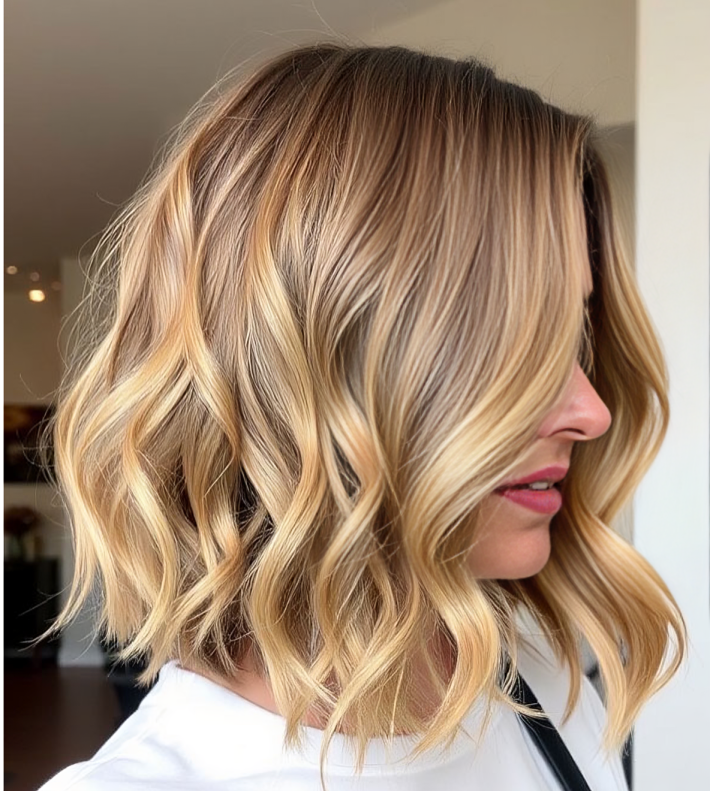
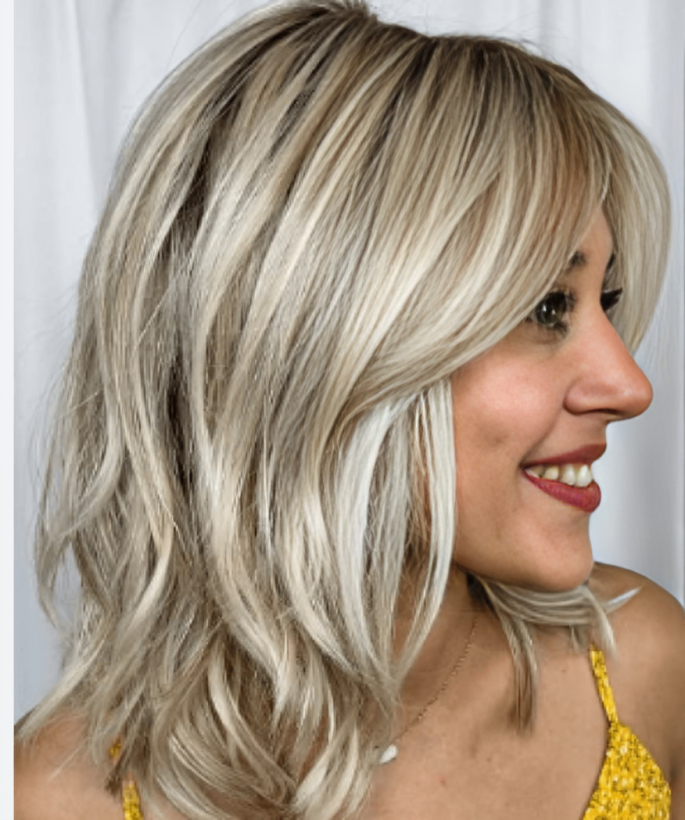
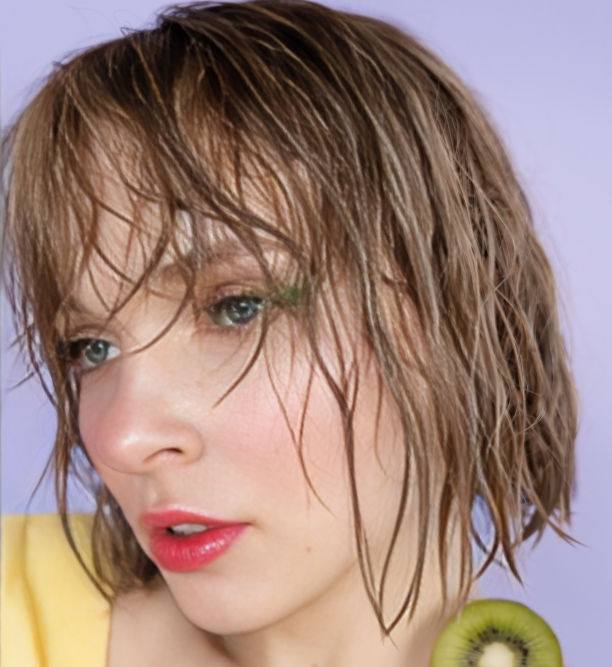












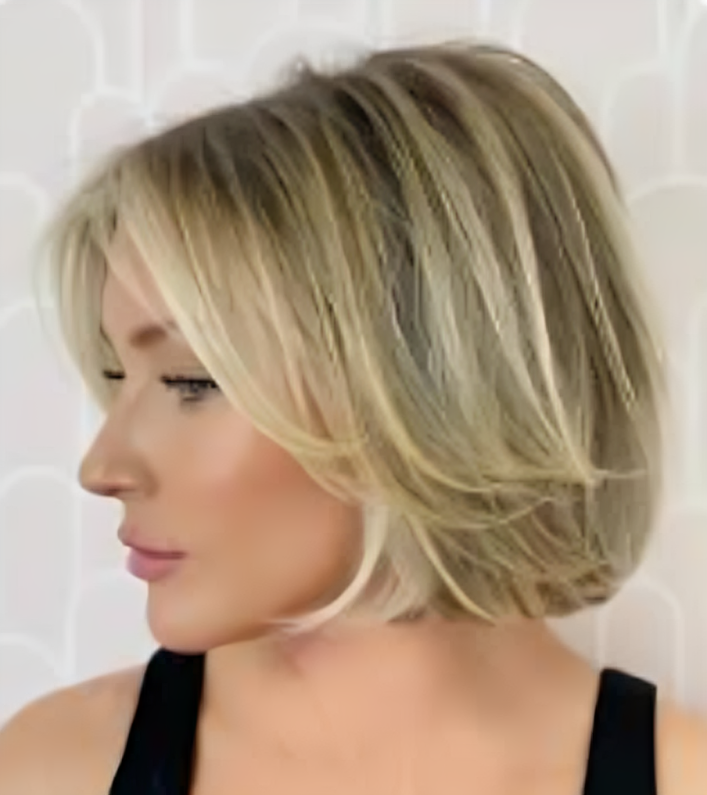
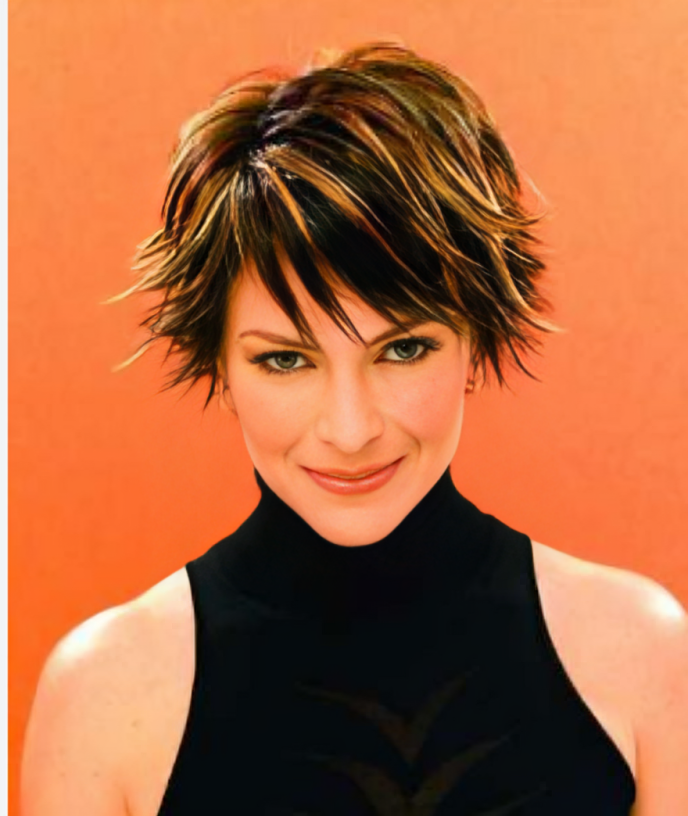
If you want to cut your hair just to make someone else happy, stop and think first. It’s your hair, your vibe, your decision. You’re the one who has to rock that haircut every day — no one else.
We’ve all had that “grab the scissors now” moment — usually late at night. But if you cut your hair without thinking, you might regret it later.Take a breath, wait a day, and see if the urge sticks.
Going from long to shaved or getting a buzz cut can feel tempting when you need change. But take it slow. Big transformations deserve a little prep, both mentally and visually.
Undercuts look bold, but they’re not easily hidden once done. If you’re even a little unsure, hold off. You can always go bolder later — but you can’t put hair back instantly.
If you’ve asked “shall I cut my hair?” more than three times this week, you probably already know the answer. Sometimes overthinking just gets in the way. Go for it — future you will thank you.
If the idea of cutting your hair keeps circling in your head, it’s probably time. That gut feeling doesn’t go away for nothing. You don’t need a grand reason — feeling ready is reason enough. Trust yourself.
Got long hair you’re ready to part with? Turn it into something good. Many organizations use real hair to make wigs for people with medical hair loss. It’s a powerful way to give your cut meaning.
Still asking, “what would I look like with short hair?” Use apps, filters, or just tuck your hair up for a peek. It helps remove the fear and builds excitement. Seeing the change first makes embracing it easier.
Not sure what suits your face or hair type? Let a pro guide you. Stylists can read your hair’s behavior and your bone structure better than any mirror. Even a quick consult can save you from regret.
Your face shape plays a huge role. Consider right angle hair designs. These cuts are longer in front and shorter in back. They flatter round and square faces in unique ways. One cut doesn’t fit all. Find what frames you best.
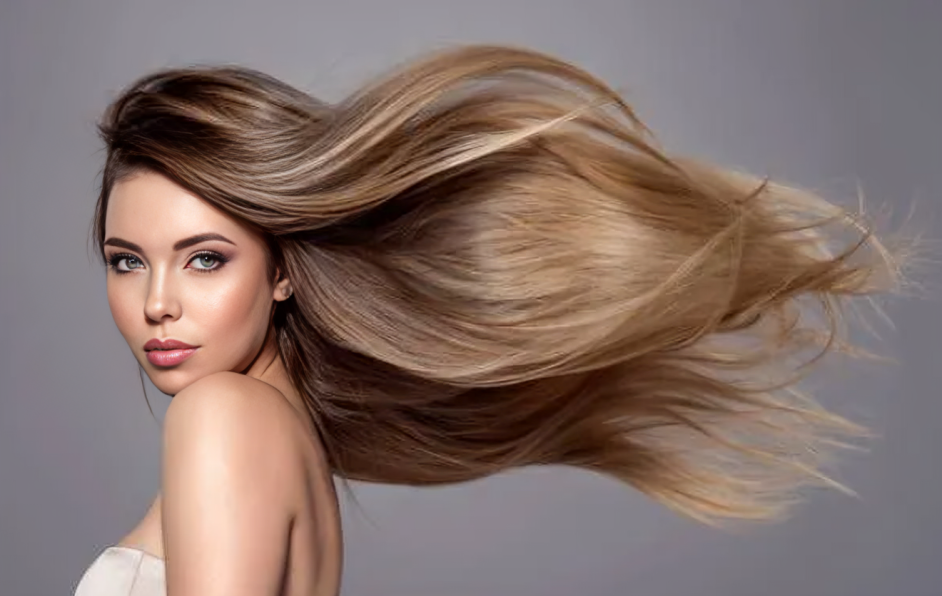
With straight hair, every mistake is visible — so work slowly and use sharp scissors. Make clean, even cuts and always cut less than you think. One snip too far, and it’s hard to hide. Section your hair to stay even on both sides.
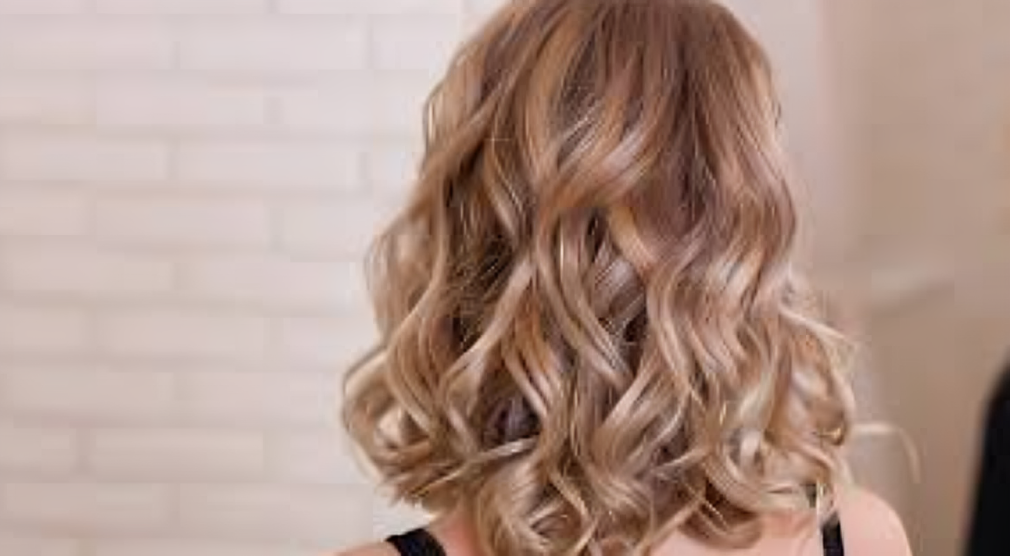
Curly hair is best cut dry, one curl at a time. Wet curls lie — they shrink when dry, so cutting wet can lead to surprises. Follow your curl pattern and don’t rush. Let the curls fall where they want naturally.
 Want easy, face-framing layers? Try the ponytail method. It’s simple: gather all your hair into a high ponytail and snip the ends. This creates soft, natural layers with minimal effort — perfect for DIY beginners.
Want easy, face-framing layers? Try the ponytail method. It’s simple: gather all your hair into a high ponytail and snip the ends. This creates soft, natural layers with minimal effort — perfect for DIY beginners.

Go slow. Trim tiny bits — especially if you’re doing blunt bangs or side bangs. Hair bounces up when dry, so always cut less than you think. Comb them down flat and use small scissors to stay in control.
 Split ends won’t vanish on their own. Twist small sections of your hair, and you’ll see the frayed strands pop out. Use sharp scissors to snip just the damaged tips. It’s satisfying and prevents further breakage.
Split ends won’t vanish on their own. Twist small sections of your hair, and you’ll see the frayed strands pop out. Use sharp scissors to snip just the damaged tips. It’s satisfying and prevents further breakage.

This length can get awkward if not shaped right. Use two mirrors — one in front, one behind — to track your angles. Cut in small sections and focus on symmetry. Don’t cut too much at once or it’ll look choppy.
 Pixie cuts are high-maintenance and not for the impatient. Section the hair, start from the back, and trim slowly toward the front. Use clippers if you’re confident, but for most — scissors are safer. Less is more here.
Pixie cuts are high-maintenance and not for the impatient. Section the hair, start from the back, and trim slowly toward the front. Use clippers if you’re confident, but for most — scissors are safer. Less is more here.
 Precision is key. Divide your hair into clean, even layers and trim in straight lines. If your hands shake — pause and reset. Use clips to hold sections in place, and keep checking the length on both sides as you go.
Precision is key. Divide your hair into clean, even layers and trim in straight lines. If your hands shake — pause and reset. Use clips to hold sections in place, and keep checking the length on both sides as you go.
 This viral method works wonders. Pull your hair into a tight high ponytail (center of your forehead), then snip the very ends. When you let it down, boom — soft layers! It’s perfect for going from long to short without regrets.
This viral method works wonders. Pull your hair into a tight high ponytail (center of your forehead), then snip the very ends. When you let it down, boom — soft layers! It’s perfect for going from long to short without regrets.

Don’t wait until your hair looks worn out. Trim a little every 6 to 8 weeks to keep the shape fresh. Even professional stylists follow this rule to avoid chopping too much at once. Regular upkeep keeps you out of damage control mode.
Moisturizing & Protein Balance: Don’t skip conditioner. Ever.
Heat Styling Dos & Don’ts: Use protection sprays. Air dry when you can.
Scalp Health Tips: Exfoliate once a week. Use light oils.
Best Products for Longevity & Shine: Choose sulfate-free, nourishing formulas. This is key for red short haircuts or color-treated styles.
A good haircut can shift everything — your mood, your confidence, the way you carry yourself. And remember, hair always grows back. So, even after that bold crew cut or short highlights, you can rest easy. It’s not “too much.” You chose bobbed red hair, a layered cut, or just trimmed those tired ends. You did something for yourself. That choice to switch things up? It might just be one of the best decisions you make.
Want to know about our offers first?